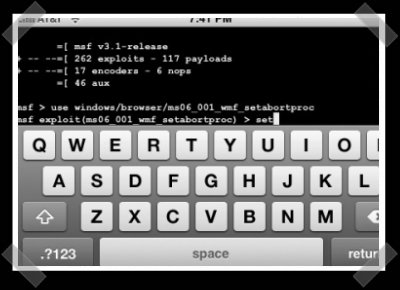
[muts] went through some trials, but managed to get metasploit running on his iPhone. Later he found out that it comes with the Cyida installer that he used on his journal to manually install it. Still, it’s interesting to see these tools showing up on the platform.
classic hacks2779 Articles
External CD-ROM Turned Class A Headphone Amp
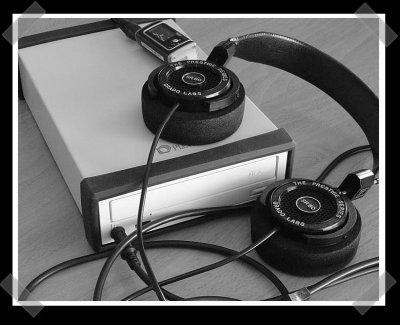
[Gio] sent in this slick Class A headphone amp. An old CD-ROM case was gutted to hold the goods. The design is fairly simple. Cost can be kept fairly low although the capacitors can add up if you’re a fanatic about quality. If you’ve ever lost any of your headphone gear to sticky fingers, you know that having it blending in to the background can be a great feature.
How To Build An Arctic Web Cam
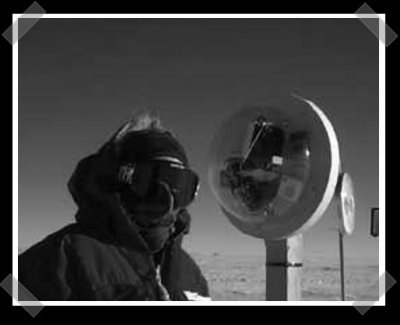
This particular unit has been de-commissioned since 2005, but it’s still interesting. JACARA set up a webcam on Antarctica. They used an off the shelf Axis NetEye200 camera, mounted it inside a pair of hemispherical plastic domes along with a small electric heater and thermostat to keep the device from freezing.
On-board Focus Confirmation For The Canon Digital Rebel
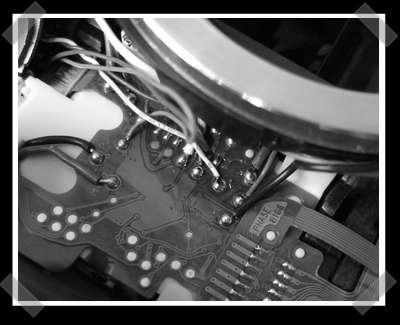
We’ve seen plenty of lens hacks, but [Koray] took things in a new direction. Rather than buy lens chips for modding all of his manual lenses, he added a lens chip inside his Digital Rebel 300D (aka XT). Most of us might cringe at gutting their Rebel, but he performed this bit of soldering surgery on a unit he picked up for £40 and repaired. Excellent work!
Update: yeah yeah, the 300D is the original Digital Rebel.
LED Serial Debugging For Cell Phone Hacking
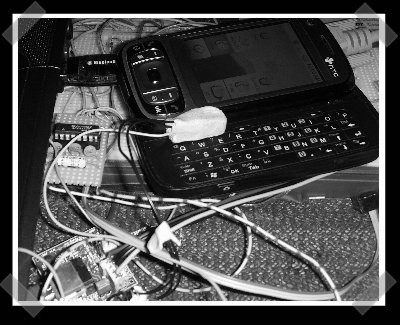
[Barry] needed some way to get serial output to help debug his efforts to port Linux to the HTC TytnII (Windows mobile Pocket PC phone). He wrote some code to send serial output via one of the LEDs on the phone and rigged up an AVR to pic up the output and provide a USB interface to the computer. It runs at about 200bps – perfect for the quick debug session.
Mega Underwater DIY Video Housing
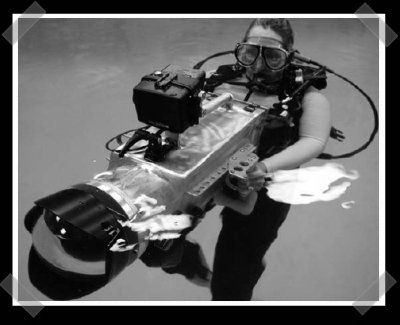
This fantastically huge housing was put together by [Ed Sauer]. He put it together using TIG welded 6061 aluminum for the body and machined the port mount out of 7075 aluminum. The lens port is a commercial unit from a housing manufacturer along with a few manual controls. He wrote up the build in this pdf.
Lamination For PC Board Etching
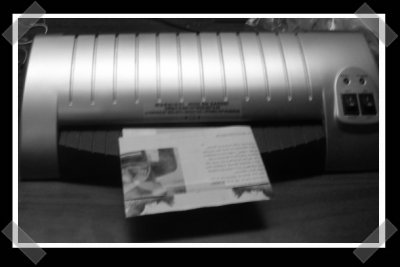
If you’ve ever tried ironing laser printed paper to transfer the toner, you know that it can be slightly frustrating. [Dave] sent in an interesting twist on this method. The laser printer is used to print onto paper from a magazine and then the board and paper are both run through a laminating machine six or seven times. From the writeup, it looks like this technique works great. (You’ll probably need a printer with a manual feed tray to get it to print on the magazine paper)










